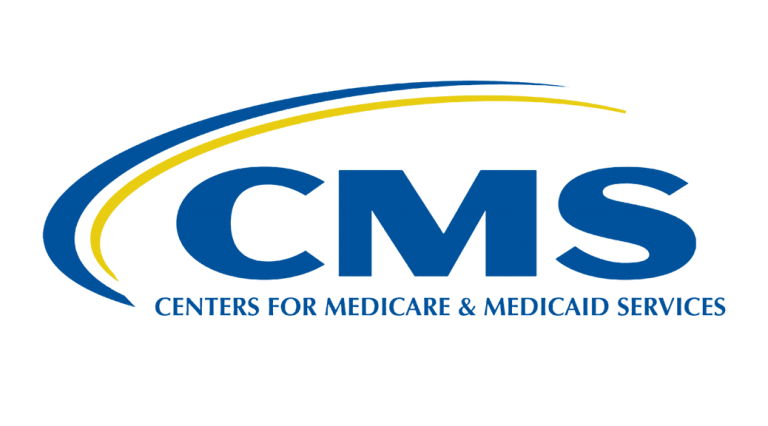Millions Face Rising Costs as ACA Subsidies Near Expiration Amid Washington Deadlock

As Congress remains gridlocked over funding negotiations, millions of Americans who rely on Affordable Care Act (ACA) coverage face the risk of steep premium increases when enhanced tax credits expire at the end of the year.
The temporary subsidies, first expanded during the pandemic and extended through 2025, have made coverage far more affordable for low- and middle-income individuals. But unless Congress acts soon, the lapse could more than double average premium costs next year, according to an analysis by KFF.
On average, ACA enrollees could see annual out-of-pocket premiums rise by 114%—about $1,016 more per person. The change would hit hardest for those earning just above eligibility thresholds, forcing some to drop coverage entirely.
“If you have fewer subsidies for people getting health insurance, you’re going to have less coverage and less care,” said Jason Levitis, senior fellow at the Urban Institute. “People are going to be sicker and die more.”
The impact would be wide-reaching: more than 24 million Americans are currently insured through ACA marketplaces, including gig workers, small business owners, and those without employer-sponsored health plans.
For families like Celia and Jorge Monreal of Tyler, Texas, the consequences are deeply personal. Their ACA plan covers treatments for high blood pressure, cholesterol, and a pending knee replacement — all of which could become unaffordable overnight if subsidies vanish.
“Do I spend $500 on a doctor’s visit or buy groceries?” Monreal said. “It’s a difficult decision.”
Health economists warn the loss of subsidies would create ripple effects beyond households. As healthier enrollees forgo coverage, insurers would likely raise premiums to offset a sicker risk pool, while hospitals could face higher uncompensated care costs from uninsured patients seeking emergency treatment.
Even if lawmakers ultimately extend the tax credits, the delay has already raised 2026 premium projections, since insurers had to account for the uncertainty during rate-setting earlier this year.
Meanwhile, open enrollment begins November 1 in most states, leaving millions of families unsure about their 2026 coverage options.
“Once people drop out, it’s going to be hard to get them back,” Levitis added.






